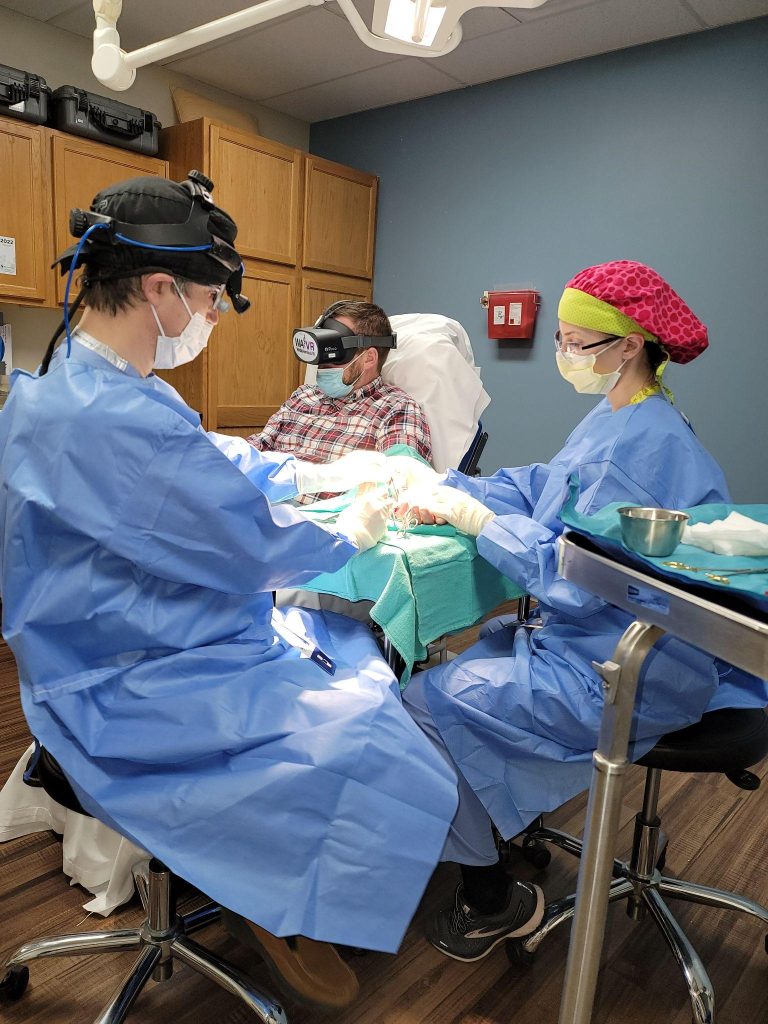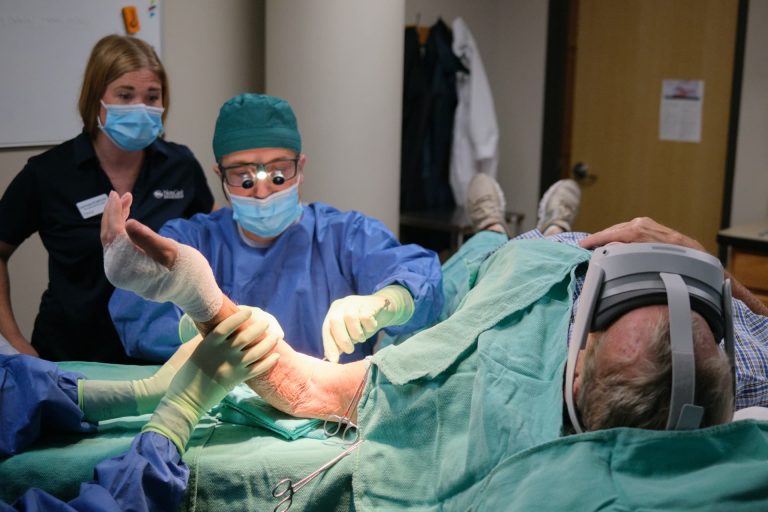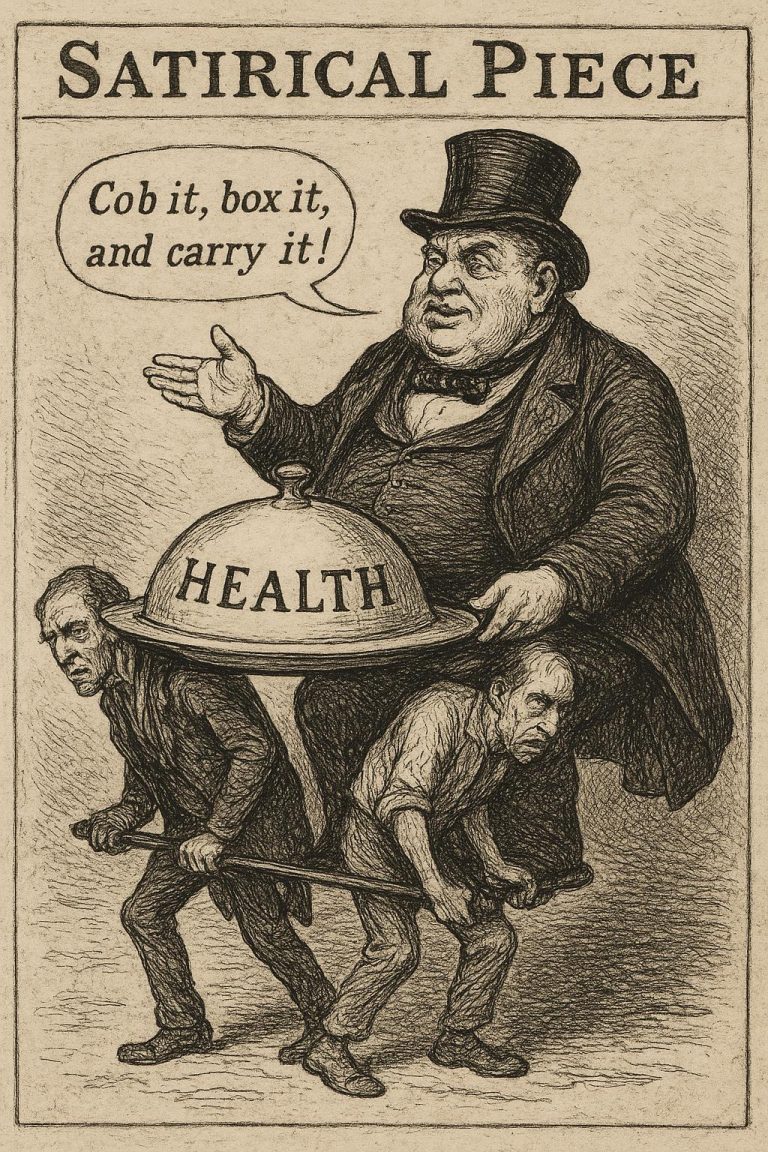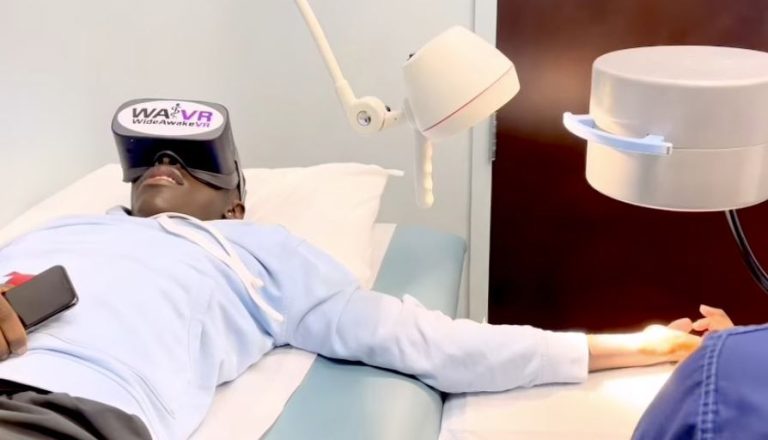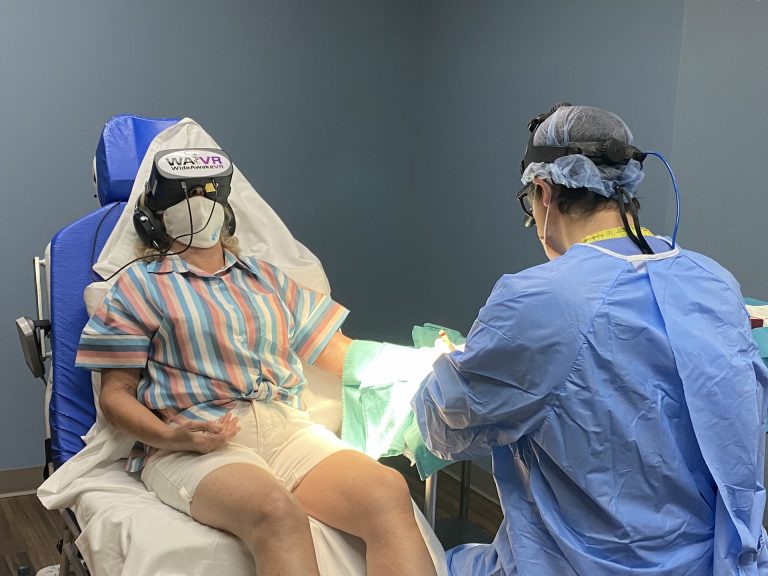Understanding How Antibiotics and Cholesterol Medications Can Affect Your Tendons
If you’ve ever experienced tendon pain or been diagnosed with tendonitis (inflammation of a tendon), you might be surprised to learn that certain medications, like antibiotics and cholesterol-lowering drugs, could play a role. Tendonitis can cause pain, swelling, and stiffness, often in areas like your Achilles tendon (near your heel) or shoulder. In some cases, it can even lead to more serious issues, like tendon tears. This blog is here to help you understand how specific antibiotics (like ciprofloxacin) and cholesterol drugs (like statins) might affect your tendons, what to watch for, and how to protect yourself. Let’s break it down in a way that’s easy to understand.
Antibiotics and Your Tendons: What You Need to Know
Certain antibiotics, especially a group called fluoroquinolones (like ciprofloxacin, levofloxacin, and moxifloxacin), are known to cause tendon problems, including tendonitis and, in rare cases, tendon rupture (when the tendon tears completely). These drugs are often prescribed for infections like urinary tract infections or sinusitis, but they come with risks that you should be aware of.
How Do Fluoroquinolones Affect Tendons?
Fluoroquinolones can harm your tendons in a few ways:
- They can break down collagen, the main building block of tendons, making them weaker (1).
- They cause stress to tenocytes (tendon cells), which can lead to cell damage and slower healing (2).
- They may stop your tendons from repairing themselves properly by interfering with their normal processes (3).
The Achilles tendon is the most commonly affected, but other tendons, like those in your shoulder or knee, can also be at risk. Symptoms can start as early as a few hours after taking the drug or even months later (4).
Who’s at Risk?
You’re more likely to have tendon problems from fluoroquinolones if you:
- Are over 60 years old, as tendons naturally weaken with age (5).
- Take corticosteroids (like prednisone), which can increase the risk of tendon rupture by up to 46 times when combined with these antibiotics (6).
- Are very active, like an athlete, because your tendons are under more stress (7).
- Have conditions like kidney disease, diabetes, or arthritis, which make tendons more vulnerable (8).
What Does This Mean for Tendonitis?
- Starting Tendonitis: Fluoroquinolones can cause tendonitis quickly, with pain and swelling that feel different from typical overuse injuries (9).
- Worsening Tendonitis: This type of tendonitis can be more inflamed and may turn into tendinosis (a chronic, degenerative condition) or even lead to a tendon tear if not addressed (10).
- Long-Term Issues: Healing can take months or even years because of the damage to tendon structure, making recovery slower than with regular tendonitis (11).
What to Do if You’re Prescribed Fluoroquinolones
- Ask About Alternatives: If you have a minor infection, ask your doctor if a different antibiotic, like amoxicillin, could work instead (12).
- Watch for Symptoms: If you feel tendon pain, swelling, or stiffness (especially in your Achilles), stop the antibiotic and call your doctor right away (13).
- Rest Your Tendons: Avoid running, jumping, or heavy exercise until you’re cleared by a doctor to prevent further damage (14).
- See a Specialist: If symptoms don’t improve, an orthopedic doctor or physical therapist can help with imaging (like an ultrasound) and a recovery plan (15).
Cholesterol Medications (Statins) and Tendon Health
Statins, like simvastatin, atorvastatin, and rosuvastatin, are commonly prescribed to lower cholesterol and protect your heart. While they’re great for your heart health, they can sometimes affect your tendons, especially if you already have high cholesterol or tendon issues.
How Do Statins Affect Tendons?
Statins may impact your tendons by:
- Reducing cholesterol, which tendons need to stay strong and repair themselves (16).
- Causing lipid deposits (like xanthomas) or fatty buildup in tendons, which can make them weaker or more prone to tearing (17).
- Triggering low-grade inflammation or stress in tendons, leading to pain or degeneration (18).
- In some cases, promoting calcifications (hard deposits) in tendons, which can cause stiffness or pain (19).
Who’s at Risk?
You might be more likely to have tendon issues from statins if you:
- Have high cholesterol or triglycerides, which can lead to lipid buildup in tendons (20).
- Have been taking statins for a long time, as the effects can build up (21).
- Are active, as your tendons endure more stress during exercise (22).
- Have conditions like obesity or diabetes, which can weaken tendons (23).
What Does This Mean for Tendonitis?
- Starting Tendonitis: Statins can cause tendon pain or stiffness, often in the Achilles or shoulder, though it’s usually less sudden than with antibiotics (24).
- Worsening Tendonitis: Over time, statins may lead to tendinosis, where the tendon becomes degenerative rather than inflamed, causing chronic pain (25).
- Tendon Tears: There’s a small risk of tendon rupture, especially if you have lipid deposits in your tendons (26).
- Slower Healing: Tendons may take longer to heal if you’re on statins, especially if your cholesterol levels aren’t well-controlled (27).
What to Do if You’re Taking Statins
- Talk to Your Doctor: If you notice tendon pain, discuss whether the statin is necessary or if a lower dose or different drug (like ezetimibe) could work (28).
- Monitor Your Cholesterol: Keeping your cholesterol in check can help prevent lipid buildup in tendons (29).
- Rest and Recover: Avoid overusing painful tendons and work with a physical therapist to strengthen them safely (30).
- Get Imaging: An ultrasound or MRI can check for tendon changes, like calcifications or degeneration, to guide your treatment (31).
What Happens if You’re Taking Both Antibiotics and Statins?
If you’re on a statin and get prescribed a fluoroquinolone, your risk of tendon problems might be higher. Both drugs can weaken tendons in similar ways, like damaging collagen or causing stress to tendon cells (32). This combination is especially risky if you’re older, active, or taking corticosteroids. To stay safe:
- Tell your doctor you’re on a statin before starting any antibiotic.
- Ask if a different antibiotic can be used for your infection.
- Be extra vigilant for tendon pain or swelling and report it immediately (33).
Tips to Protect Your Tendons
Whether you’re taking these medications or not, here are some ways to keep your tendons healthy:
- Listen to Your Body: If you feel tendon pain or swelling, don’t ignore it. Rest and contact your doctor.
- Ease Into Activity: Avoid sudden increases in exercise, especially if you’re on these medications.
- Work with Experts: A physical therapist can design a safe exercise plan to strengthen your tendons without overloading them.
- Stay Informed: Before starting any new medication, ask your doctor about its risks and whether it could affect your tendons.
Final Thoughts
Medications like fluoroquinolone antibiotics (Ciprofloxacin (Cipro), Levofloxacin (Levaquin), Moxifloxacin (Avelox), Gemifloxacin (Factive), and Ofloxacin) and statins are important for treating infections and managing cholesterol, but they can sometimes harm your tendons. Fluoroquinolones, like levofloxacin, are more likely to cause sudden tendonitis or even tendon tears, especially in older adults or active people. Statins, like atorvastatin, may lead to chronic tendon issues, particularly if you have high cholesterol. By knowing the risks, watching for symptoms, and working closely with your doctor, you can protect your tendons and stay active.
If you have questions about your medications or tendon pain, talk to your doctor or a specialist. Have you experienced tendon issues while taking these drugs? Share your story in the comments below to help others stay informed!
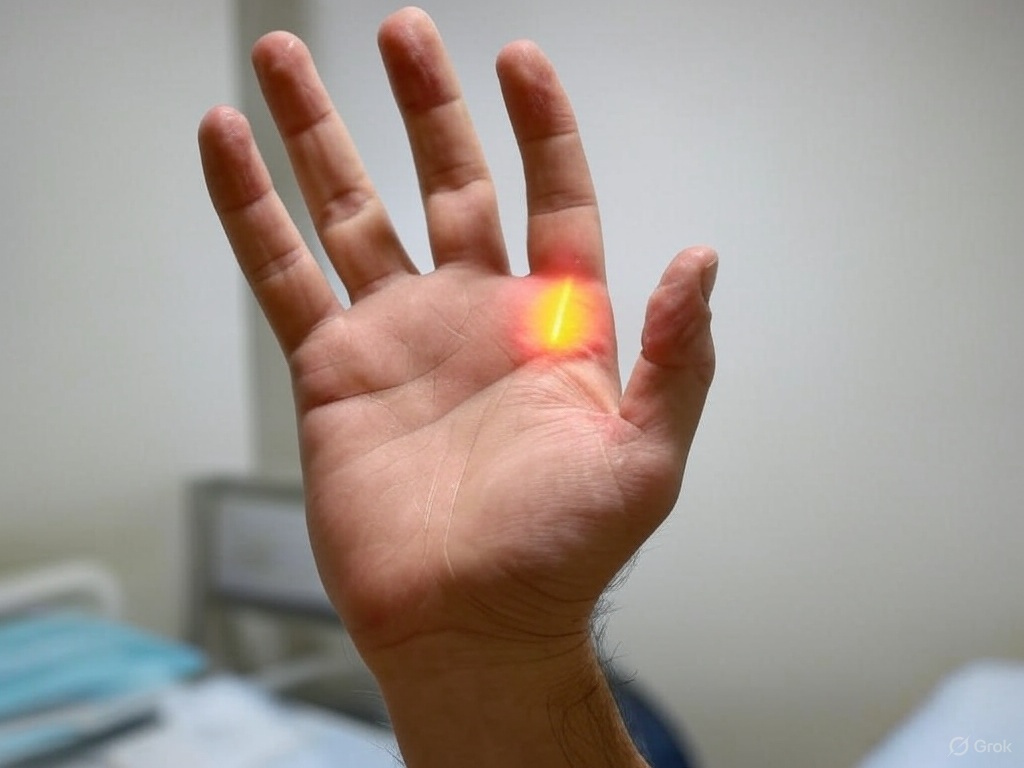
References
- Corps AN, et al. “Ciprofloxacin enhances the stimulation of matrix metalloproteinase 3 expression by interleukin-1β in human tendon-derived cells.” Arthritis & Rheumatism, 2002.
- Sendzik J, et al. “Fluoroquinolone-induced tendinopathy: What do we know?” Southern Medical Journal, 2009.
- Kaleagasioglu F, Olcay E. “Fluoroquinolone-induced tendinopathy: Etiology and preventive measures.” The Tohoku Journal of Experimental Medicine, 2012.
- FDA Drug Safety Communication. “FDA updates warnings for fluoroquinolone antibiotics,” 2016.
- van der Linden PD, et al. “Fluoroquinolones and risk of Achilles tendon disorders: Case-control study.” BMJ, 2002.
- Wise BL, et al. “Corticosteroids and fluoroquinolones: A synergistic risk for tendon rupture.” Journal of Clinical Rheumatology, 2012.
- Lewis T, Cook J. “Fluoroquinolones and tendinopathy: A guide for athletes and sports clinicians.” British Journal of Sports Medicine, 2014.
- Khaliq Y, Zhanel GG. “Fluoroquinolone-associated tendinopathy: A critical review of the literature.” Clinical Infectious Diseases, 2003.
- Hall MM, et al. “Musculoskeletal complications of fluoroquinolones: Guidelines and precautions for usage in the athletic population.” PM&R, 2011.
- Godoy-Santos AL, et al. “Fluoroquinolone-associated tendinopathy: A literature review.” Revista Brasileira de Ortopedia, 2017.
- Tsai WC, et al. “Fluoroquinolone-induced tendinopathy: Mechanisms and clinical implications.” Journal of Musculoskeletal & Neuronal Interactions, 2011.
- FDA Drug Safety Communication. “FDA advises restricting fluoroquinolone antibiotic use for certain uncomplicated infections,” 2016.
- American Academy of Orthopaedic Surgeons. “Achilles tendinitis patient information,” 2020.
- Cook JL, Purdam CR. “Is tendon pathology a continuum? A pathology model to explain the clinical presentation of load-induced tendinopathy.” British Journal of Sports Medicine, 2009.
- Maffulli N, et al. “Management of fluoroquinolone-induced Achilles tendinopathy.” The American Journal of Sports Medicine, 2010.
- Pullatt RC, et al. “Statins and musculoskeletal conditions: A systematic review.” Journal of Clinical Lipidology, 2007.
- Tsouli SG, et al. “Lipid-lowering therapy and tendon xanthomas: A case report.” Angiology, 2005.
- Marie I, et al. “Tendinous disorders attributed to statins: A study on ninety-six spontaneous reports.” Arthritis Care & Research, 2008.
- Chazerain P, et al. “Four cases of tendinopathy in patients on statin therapy.” Joint Bone Spine, 2001.
- Soslowska B, et al. “Hyperlipidemia and tendon pathology: A narrative review.” Journal of Clinical Medicine, 2019.
- Carmont MR, et al. “Statins and Achilles tendon rupture: A case-control study.” Foot and Ankle Surgery, 2014.
- Maffulli N, et al. “Tendinopathy in the hypercholesterolemic patient: A review.” Journal of Orthopaedic Research, 2016.
- Abate M, et al. “Pathogenesis of tendinopathies: Inflammation or degeneration?” Arthritis Research & Therapy, 2009.
- Beri A, et al. “Musculoskeletal complications of statins: A case series.” Journal of Clinical Rheumatology, 2009.
- Scott A, et al. “Tendinopathy: Update on pathophysiology.” Journal of Orthopaedic & Sports Physical Therapy, 2015.
- Ozgurtas T, et al. “Effects of atorvastatin on Achilles tendon properties in hypercholesterolemic rabbits.” Journal of Orthopaedic Research, 2006.
- Soslowska B, et al. “Tendon healing in hypercholesterolemia and statin treatment.” Journal of Clinical Medicine, 2020.
- Newman CB, et al. “Statin safety and associated adverse events: A scientific statement from the American Heart Association.” Arteriosclerosis, Thrombosis, and Vascular Biology, 2019.
- Gaida JE, et al. “Dyslipidemia in Achilles tendinopathy is characteristic of insulin resistance.” Medicine & Science in Sports & Exercise, 2009.
- Kaux JF, et al. “Rehabilitation of Achilles tendon rupture and tendinopathy.” Journal of Rehabilitation Medicine, 2016.
- D’Addona A, et al. “Imaging of tendinopathy: A guide for clinicians.” Musculoskeletal Ultrasound, 2017.
- Spoendlin J, et al. “Fluoroquinolone and statin co-administration and the risk of tendon rupture.” Pharmacoepidemiology and Drug Safety, 2016.
- American College of Rheumatology. “Patient education: Tendonitis and tendinopathy,” 2021.

